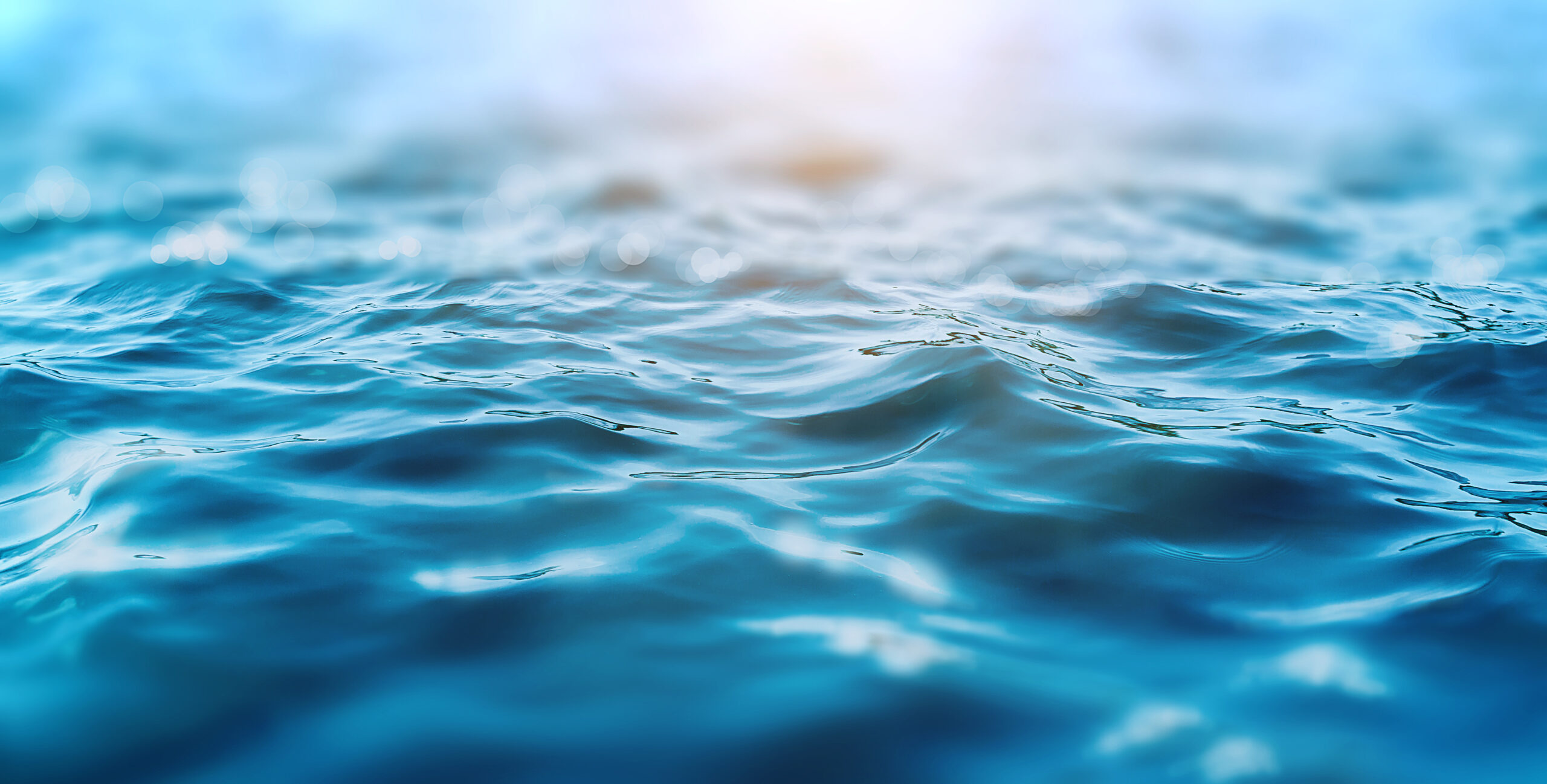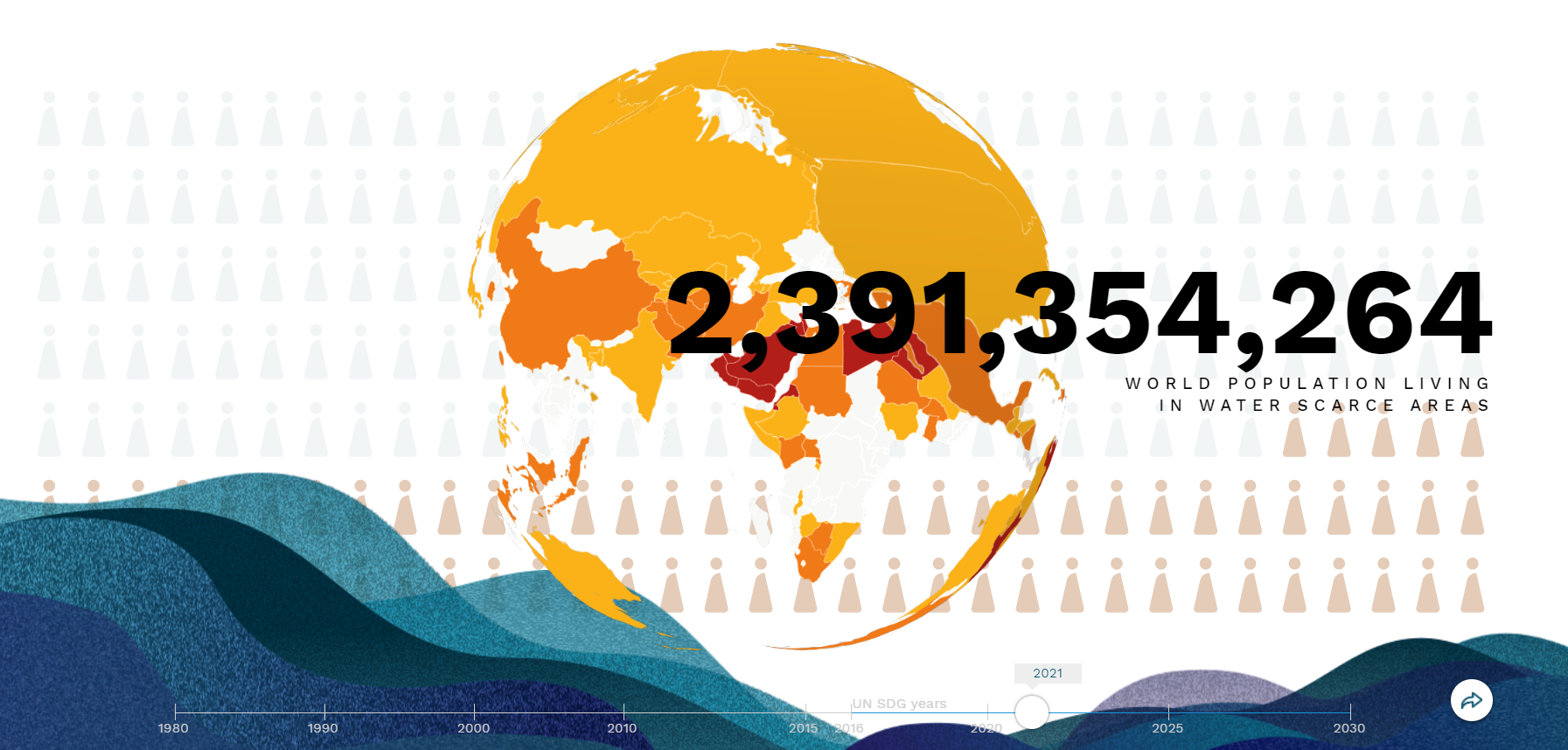Home › Blog › “Water, water, everywhere, Though not a drop to drink.”*

Hard to believe, but fresh drinking water is a rare commodity…and is becoming ever more scarce. You may ask, “How can this be, when about 71% of the Earth is covered by water?!”
An impressive 96.5% of the Earth’s water is held by the oceans and seas, but seawater contains about 3.5% salinity (mostly sodium chloride). This quantity of salt is too high for the human kidneys to process and eliminate, leaving a dangerous surplus of salt in the body. The result of consumption will be dehydration and eventually death.
This is why the world has been racing to find ways to provide solutions for fresh drinking water.

Water scarcity is the general term used for the inaccessibility of fresh, safe drinking water. It refers to either insufficient quantities of water to meet the needs of a population or poor management of the resource (economic scarcity), including poor quality water or obstacles to distribution.
On its homepage, World Data Labs has a Water Scarcity Clock that drives home the concept that fresh drinking water is becoming harder to source, even at a time when there are more technologies than ever to create fresh drinking water. In 2010, the UN declared fresh drinking water a “human right”, and yet, the clock keeps counting more and more people as unable to reach fresh drinking water.
High Water Consumption May Pose Risk to Water Sources
Water shortages are known to present serious problems for the supply of safe drinking water. Whether from lack of precipitation or unseasonably high temperatures, or because of poor water management or overuse, water shortages may cause serious consequences. Among these are irreversible deterioration of aquifers — whether through salinization, pollution, contamination or simply drying up.
World Data Labs suggests that approximately 80% of all illnesses in developing countries are related to the quality of drinking water. With populations increasing and fresh water becoming more scarce, the likelihood of water sources being compromised increases with time.
The Clock is Ticking
So, how can we reverse the steady increase of people represented on the World Scarcity Clock?
Watergen is one of a handful of companies that has developed a Water-from-Air technology to harvest moisture from the air, making it possible to bring fresh, clean drinking water to thirsty people around the globe. This revolutionary solution works on the untapped water source in our atmosphere, rather than relying on already stressed conventional water sources on Earth, like wells and streams.
As Watergen works tirelessly to bring our solution to those who need it, we keep a watchful eye on the clock.
TIP: Visit the World Data Lab’s web site and scroll down to the map on its home page. Choose your view: Water Availability, Water Availability During Driest Month or Population, then click on the map. There is a wealth of information there to enlighten you on the state of water scarcity around the world.
For more information about Watergen’s technology, Visit our website and follow us on Facebook!
*Title adapted from The Rime of the Ancient Mariner by the English poet Samuel Taylor Coleridge, published in 1798.